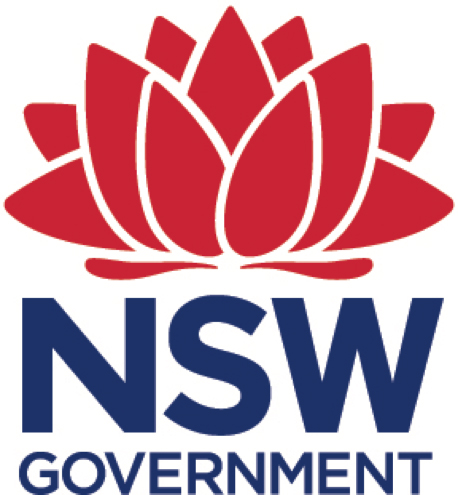Don’t have the foggiest idea? Here are some tips!
 Foggy conditions like this morning in Sydney can make boating more challenging but there are a few things you can do to remain safe on the water.
Foggy conditions like this morning in Sydney can make boating more challenging but there are a few things you can do to remain safe on the water.
NSW Maritime Executive Director Mark Hutchings said skippers should turn on navigation lights when operating in low visibility conditions such as during heavy fog, heavy rain or storms.
“Low visibility can make boating a challenge and in some circumstances dangerous, but safe navigation is possible and boat trips can continue as planned by reducing speed and making the most of all the other senses,” Mr Hutchings said.
“Speed should be reduced in order to provide additional response time to an unexpected event and sound signals should be listened to and used as they are the best indicators of the location of other nearby vessels during foggy conditions.
“Special sound signals or horn blasts are used by operators of powered vessels, including commercial vessels and ferries, to indicate their navigation path when they are in sight of one another.”
These sound signals include:
- 1 short blast – I am altering course to starboard (the right)
- 2 short blasts – I am altering course to port (the left)
- 3 short blasts – I am operating engines astern (stopping/ slowing or reversing)
- 5 short blasts – I am unsure of your intentions and I doubt whether you are taking sufficient action to avoid collision
- 1 long blast – I am nearing a bend where another vessel may be obscured by an intervening obstruction.
“If the vessel has radar or sonar equipment on board, use it to help locate dangers or other vessels that may be around you and use GPS or a navigation chart to help confirm your location.”
Some other safety tips to follow on the water during fog or bad weather:
- Log on and off with Marine Rescue
- Monitor marine radio
- Use a compass to determine the direction you are navigating. If you can’t get your bearings, stay put until the fog lifts but make sure you are in a safe location.
Keeping a proper lookout is one of the key issues addressed in Transport for NSW’s Maritime Safety Plan 2017-2021 and will help NSW Government meet the 30 percent reduction target for fatalities and serious injuries by 2021 and a target of zero by 2056.
For more information visit www.rms.nsw.gov.au

